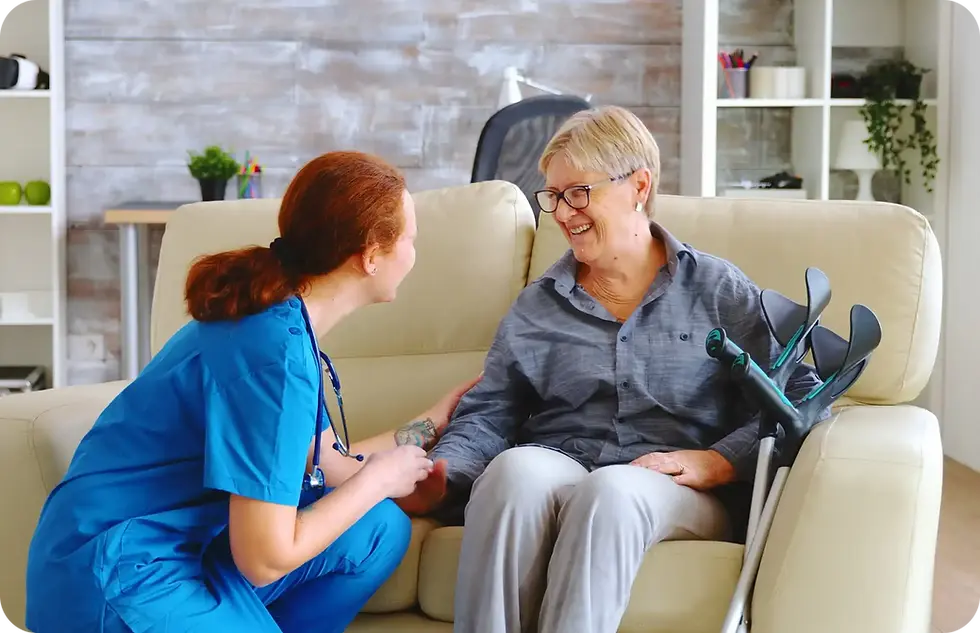5 Signs It’s Time for Assisted Living
- Shahriar Shoheb

- Jul 2
- 3 min read

Deciding to transition to assisted living is a significant step for both seniors and their families. It can be challenging to recognize when this change is necessary, especially for those who have enjoyed independent living for many years. Understanding the signs can make this emotional decision easier. Let’s look at five clear indicators that it may be time to consider assisted living.
1. Increasing Difficulty with Daily Activities
As people age, tasks that were once easy can become difficult. This includes daily activities like bathing, dressing, cooking, and managing medications. For instance, a study showed that around 70% of seniors over 65 struggle with at least one daily activity.
If a senior is frequently missing meals, unable to dress appropriately for the weather, or has unexplained bruises from falls, this could signal a need for assistance. The risk of accidents such as falls increases, making it vital for seniors to have the support they require.
2. Frequent Health Issues
Health concerns often increase with age, leading to more frequent doctor visits and hospitalizations. For example, seniors with chronic conditions like diabetes require regular monitoring and care, which can be difficult to manage alone.
Research shows that more than 80% of older adults have at least one chronic disease, significantly impacting their daily lives. If a senior family member is dealing with multiple health problems, having access to consistent care can improve quality of life and provide peace of mind.
3. Social Isolation
Social connections are essential for mental and emotional health. Many seniors face isolation due to mobility issues, the loss of friends, or simply living alone. According to a report from the National Institute on Aging, around 28% of seniors are reported to be socially isolated.
If a senior is withdrawing from activities they once loved or expressing feelings of loneliness, assisted living can offer community and support. These environments provide countless opportunities to engage socially, take part in activities, and form new friendships.

4. Declining Cognitive Function
A decline in cognitive abilities, such as memory problems or confusion, can have a profound effect on daily life. An estimated 5.8 million Americans aged 65 and older are living with Alzheimer’s disease, and many others may experience different forms of cognitive decline.
Signs like forgetting appointments, getting lost, or having trouble with everyday tasks could point to the need for specialized support. Assisted living facilities often have trained staff to assist residents with cognitive issues, ensuring they feel safe and secure.
5. Caregiver Burnout
For families, caring for an elderly loved one can be rewarding yet overwhelming. Caregiver stress can lead to emotional and physical exhaustion, affecting both the caregiver and the senior. The Family Caregiver Alliance reports that more than 40% of family caregivers suffer from significant mental health issues.
If family members are feeling overwhelmed with caregiving responsibilities, it may be time to consider assisted living. These communities can provide professional care, allowing family members to reclaim their time and energy while ensuring loved ones receive the attention they need.
Final Thoughts
Recognizing when it may be time for assisted living can be challenging. However, being aware of difficulties with daily tasks, frequent health issues, feelings of loneliness, memory problems, and caregiver burnout can help families make informed decisions.
Transitioning to assisted living is not a sign of failure. Instead, it is a proactive approach to ensure safety, health, and well-being in a supportive environment. To make this transition easier, families should seek out resources, communicate openly, and explore local options together.


Comments